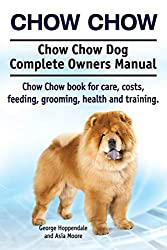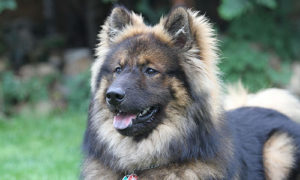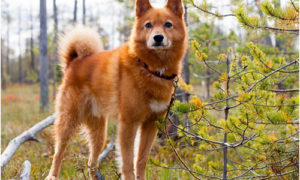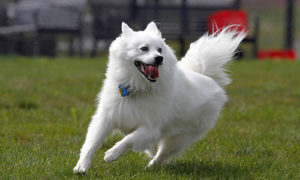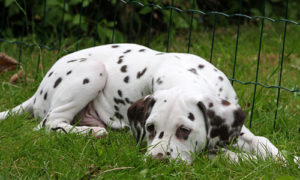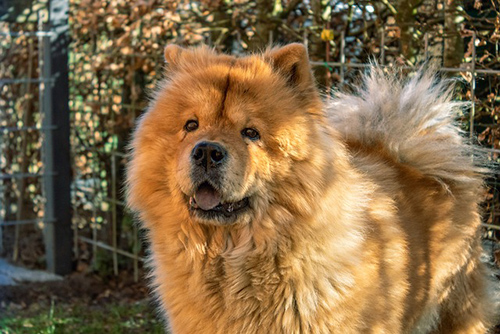
Breed historians believe that the Chow Chow is one of the oldest breeds globally; we can trace its existence back to China’s Han Dynasty over 2,000 years ago or even earlier. Owners primarily used the breed as hunting dogs in ancient China. We think the breed’s name comes from Western visitors during the eighteenth century who used the term “Chow Chow” as a catch-all for anything brought back from Asia. The dogs became popular in Victorian England and appeared in the show ring in America in 1890.
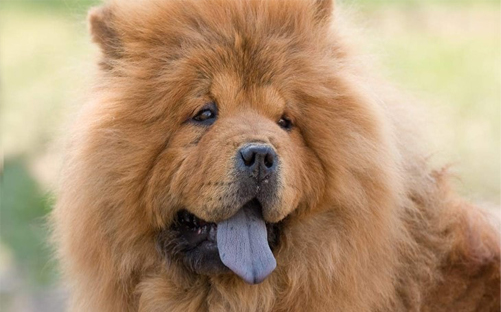
These dogs are famous for their scowling expression and a blue-black tongue. Its head is broad, and the nose is large in proportion to its body. The muzzle is full, and the nose is immense. The eyes are dark, deeply set, and almond-shaped; the ears are small, triangular, set wide apart, and erect.
The body is compact and squarely proportioned, with solid muscle and dense bone. The chest is broad and deep, and the plumed tail is high and carried over the back. They move with a single agile, powerful, stilted action; what the breed lacks in speed makes up for in power.
Chow Chow Breed Facts
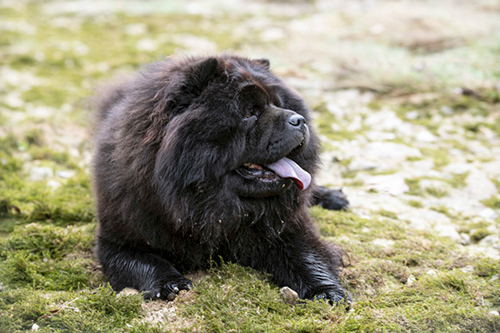
WEIGHT: 45-70 pounds
HEIGHT: 17-20 inches
POPULARITY: Somewhat popular
FAMILY: Spitz, Oriental
AREA OF ORIGIN: China
DATE OF ORIGIN: Ancient times
ORIGINAL FUNCTION: Guardian, cart puller, food source
TODAY’s FUNCTION: Companion
OTHER NAME: None
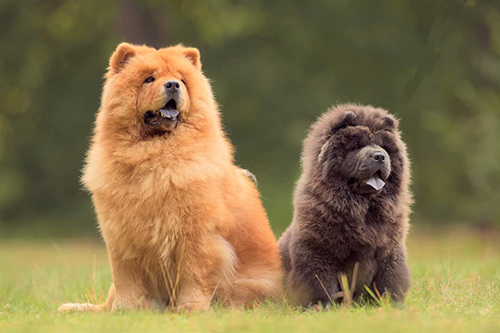
Primary Concerns: CHD, entropion, patellar luxation
Minor Concerns: elbow dysplasia, cataract, distichiasis, PPM, gastric torsion, stenotic nares, glaucoma, elongated palate
Occasionally seen: renal cortical hypoplasia
Suggested tests: hip, eye, knee, thyroid
Life expectancy: 8-12 years
Group: Non-Sporting
AKC recognition: 1903
Chow Chow Temperament
This breed is famous for its regal demeanor and clean, meticulous habits. They’re devoted to their families but typically quiet, reserved, and independent. We recommend early socialization to offset the breed’s natural reserve toward strangers. Tailor training to the breed’s sensitive nature.
Activity Level
Moderate. This breed is intolerant of heat and should not be exercised in hot weather. They also have limited peripheral vision and a stilted gait but still have stamina.
Grooming
Daily brushing and frequent bathing
Coat
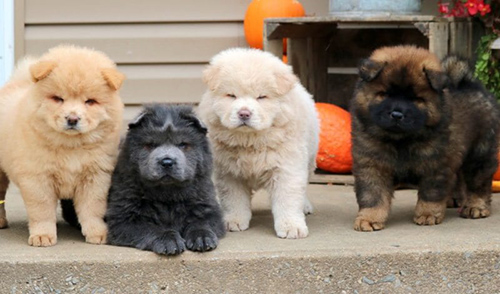
There are two varieties. The rough type has an abundant, straight, standoff outer coat that is harsh textured. The undercoat is soft, thick, and woolly. Coat length can vary, but layers are generally longer in males. The smooth variety has a double coat with a hard, dense, soft, outer segment; there is no ruff or feathering.
Color
This breed comes in red, black, blue, cinnamon, and cream. All colors are solid or robust, with lighter shading in the ruff, tail, and feathering.
Buy Guide Information and Clubs
Find a reliable breeder who willingly answers questions about how their puppies are raised, housed, cared for, and fed. Avoid puppies with watery eyes, signs of diarrhea or skin problems, or ashy, spooky temperament.
Chow Chow Club. Inc. Founded in 1906; Chow Chow Welfare

